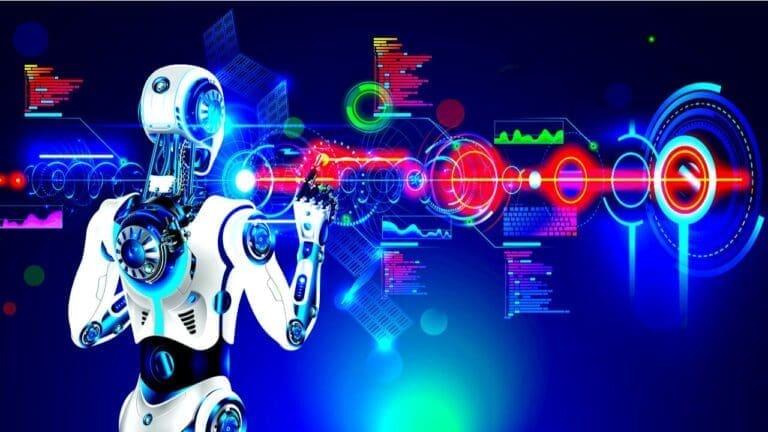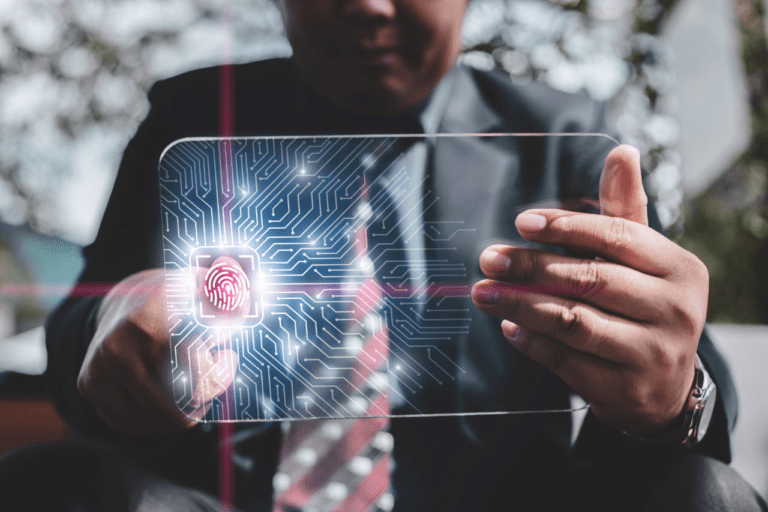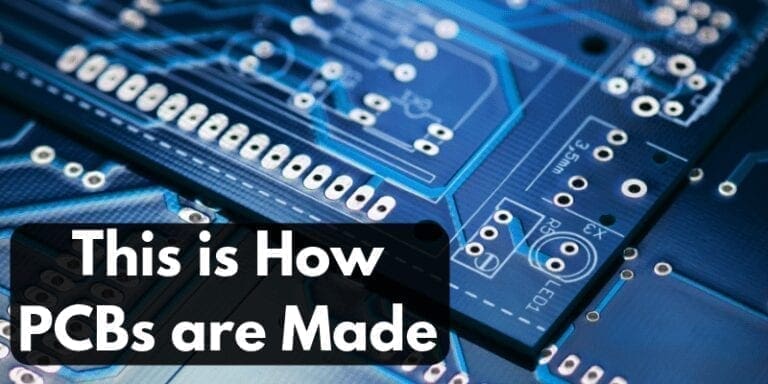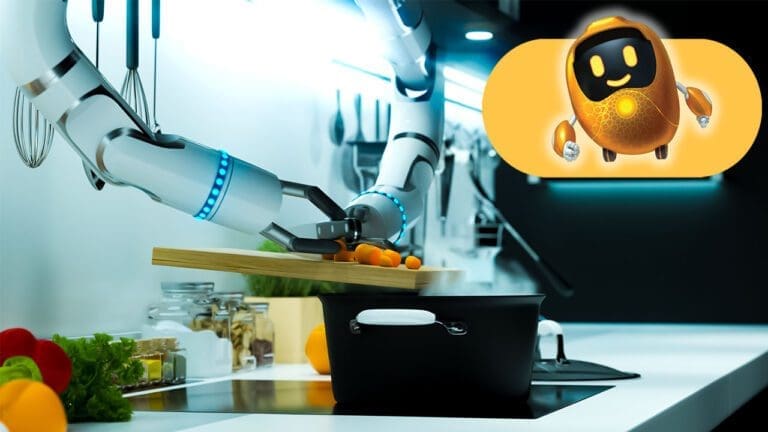Unlocking the Future of Identification with Facial Recognition!
The topic of facial recognition technology is one that is developing quickly and has attracted a lot of interest recently. Individuals are identified and verified through the analysis of their facial features utilizing advanced algorithms and biometric information. Numerous industries, including security, law enforcement, marketing, and personal devices, have adopted this technology. Facial recognition systems can accurately match and identify people from photos or video recordings by examining distinctive patterns, such as the spacing between facial landmarks or the shape of the face. Its acceptance, nevertheless, has sparked questions about privacy, morality, and potential abuse. The argument over the advantages and disadvantages of facial recognition is still alive, and as technology develops, so does the need for careful regulation and responsible implementation to ensure its ethical and responsible usage in society.

What is Facial Recognition
Facial recognition refers to the scientific method of determining a person’s identity using their face. Based on each person’s unique facial features, the specialized system will record, examine, and compare patterns. The face recognition procedure makes use of face analyzer software. By using a person’s face, this program aids in confirming their identity. The software program analyses and measures the facial features in a picture. Facial recognition software can recognize human faces in pictures and videos. It may also determine whether the face in two images is that of the same individual. Alternatively, look for a face in a big database of existing pictures. A subcategory of biometric security is facial recognition. Voice, fingerprint, and retina recognition are examples of further biometric software types. Although there is growing interest in using this equipment in other areas, security, and law enforcement still account for the majority of its uses. Face analysis technology is also frequently used in mobile and personal devices to ensure device security.
How Facial Recognition Works?
The majority of people are familiar with face recognition as a method of mobile phone unlocking, having seen it in movies for years, etc. Based on customized algorithms, every facial recognition system operates differently. However, the process of face recognition essentially consists of three steps – Detection, Analysis, and Recognition.
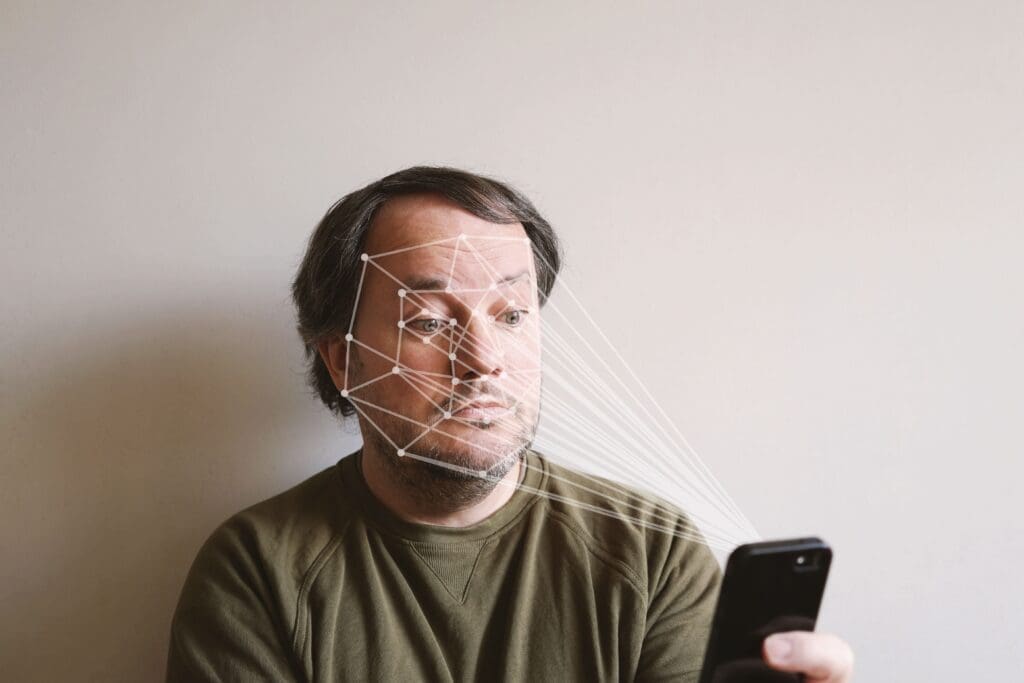
Detection
The term “detection” refers to the process of finding a face in an image. Computer vision makes facial recognition possible. In a picture including one or more faces of people, it can find and recognize certain faces. Additionally, it can identify facial information in both front and side face angles. A facial recognition algorithm first learns what a face is before moving on to the detection phase. This is commonly accomplished by the algorithm’s developer by using facial photos to train the algorithm. The algorithm eventually picks up on a face if you have enough images to train it on.
With accuracy on par with or better than that of humans and at a far faster rate, computers can utilize computer vision for recognizing individuals, locations, and objects in photographs. Computer vision automatically extracts, analyzes, classifies, and comprehends meaningful information from picture data using sophisticated artificial intelligence (AI) technology. Single photos, video clips, numerous camera perspectives, and three-dimensional data are just a few of the different formats in which image data can be found.
Analysis
The facial recognition software then examines the face’s image. It maps facial geometry and analyses facial expressions. It identifies the facial features that are crucial for separating a face from other items. The primary factors that the facial recognition system looks at while analyzing a human face include the distance between the eyes, the gap from the forehead to the chin, the distance between the nose and mouth, the depth of the eye sockets, the curve of the cheekbones, the contour of the lips, the ears, and the chin.
The program then creates a faceprint, which is a collection of numbers or points, using the face recognition data. Everybody has a distinctive faceprint.
Recognition
Recognition is carried out to confirm a person’s identity in a photograph. By analyzing the faces in two or more images and calculating how likely it is that the faces match, facial recognition software may identify a person. This technique is used for verification, such as in a security feature on a more sophisticated device, or for identification, which aims to answer the question “Who is in this picture?”
Applications of Facial Recognition
Many sectors have incorporated facial recognition technology into their day-to-day activities because of how important digital security is. Let’s examine the potential uses of this technology.
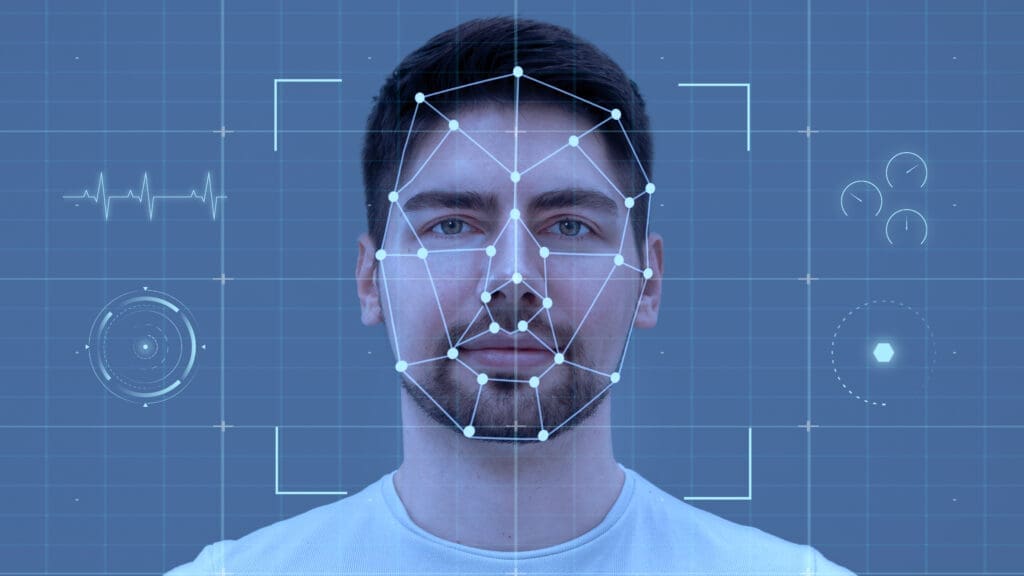
Mobile Phones and Smart Technologies
Smartphones and other smart technologies are the main industry where facial recognition systems are being used. The clearest illustration of this is the iPhone X, which has a feature called Face ID that enables users to unlock their phones with their own faces. Aside from mobile phones, smart homes use facial recognition to enable entry to certain IoT devices as well as admittance into the home itself. People will be more protected against robberies as this technology develops.
Immigration
The use of facial recognition technology can significantly improve airport security. It helps detect possible threats, wanted criminals, or persons of interest, assisting in the prevention of illegal acts by comparing the face traits of individuals against databases of recognized individuals.
Automating identity verification, also makes the check-in and boarding processes simpler. At multiple checkpoints, including check-in counters, security screening, and boarding gates, passengers can have their faces scanned, doing away with the requirement for paper documentation like passports or boarding cards. Wait times are cut down and passenger movement is streamlined.
Law Enforcement
Law enforcement is another field where facial recognition is used. By matching facial traits of people captured on security cameras or in photos with databases of known criminals or persons of interest, it helps identify suspects. By limiting the number of potential leads, this technology can speed up investigations and help in crime solving. Facial recognition technology can also be applied in courtrooms to verify the identification of witnesses, defendants, or victims, increasing the fairness of the legal system. To ensure the ethical and appropriate use of face recognition in the legal profession, questions about privacy, accuracy, and potential biases must be carefully considered and addressed.
Online Banking
Online banking is increasingly using facial recognition technologies to increase security and enhance the customer experience. Banks can confirm the identification of consumers accessing their accounts through mobile applications or internet platforms by employing facial biometrics. Given that each person’s facial features are distinctive, this enhanced authentication technique adds an extra layer of security. Customers may safely access their accounts using facial recognition without the use of passwords or other authentication credentials, which streamlines the login process and lowers the danger of unwanted access. Banks must, however, make sure that strong security measures are in place to protect client biometric data from unauthorized use or breaches because data protection and privacy are of the utmost significance.
Are You Interested in Making DIY Electronics Projects with Latest Technologies Like Facial Recognition?
If you want to conduct hobby electronics projects on trendy technologies like facial recognition, IoT, robotics, and so on, PCBWay is a great place to start.
PCBWay is a well-known and well-established firm that specializes in the fabrication and assembly of printed circuit boards (PCBs) as well as related services. PCBWay, headquartered in Shenzhen, China, has emerged as one of the industry’s top players, offering high-quality products and services to customers worldwide.

In order to meet the unique needs of various industries, the company provides a wide range of PCB manufacturing solutions. PCBWay is proud of its cutting-edge manufacturing facilities, which are outfitted with cutting-edge technology and sophisticated machinery to ensure the creation of premium PCBs.
PCBWay provides a variety of value-added services in addition to PCB manufacturing, such as PCB assembly, component sourcing, stencil production, and PCB layout creation. In order to address the various needs of its clients, PCBWay offers a holistic solution by offering these complimentary services.
PCBWay 9th Anniversary
Since PCBWay is celebrating its 9th anniversary, they are offering exciting specials and discounts. Customers now have a great chance to benefit from exclusive offers and discounts. In order to thank consumers for their ongoing support and celebrate this achievement, PCBWay has introduced a number of special incentives.

Free coupons, free modules, special deals, sponsorship, and much more are all available. Don’t miss out on this anniversary sale to benefit from incredible savings and experience PCBWay’s leadership in the PCB fabrication and assembly sector.
